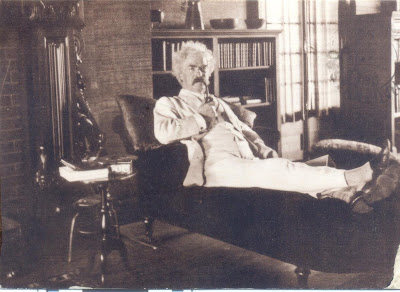The Cathedral of Our Lady is a Roman Catholic cathedral in Antwerp, Belgium. Today's see of the Diocese of Antwerp was started in 1352 and, although the first stage of construction was ended in 1521, has never been 'completed'. In Gothic style, its architects were Jan and Pieter Appelmans. It contains a number of significant works by the Baroque painter Peter Paul Rubens, as well as paintings by artists such as Otto van Veen, Jacob de Backer and Marten de Vos.
The cathedral is on the list of World Heritage Sites.
Where the cathedral now stands, there was a small chapel of Our Lady from the 9th to the 12th century, which acquired the status of parish church in 1124. During the course of the twelfth century, it was replaced by a larger Romanesque church (80 metres (260 ft) long and 42 metres (138 ft) wide).
In 1352, construction was begun on a new Our Lady’s church which would become the largest Gothic church in the Netherlands. In the beginning, it was to be provided with two towers of equal height. In 1521, after nearly 170 years, the new church of Our Lady was ready. The south tower reached only as far as the third string course.
During the night of 5–6 October 1533, the new church was largely gutted by fire. The completion of the second tower was therefore delayed, which led to its ultimate postponement. Moreover, the church only became cathedral of the bishopric of Antwerp in 1559 but lost this title again from 1801 to 1961, following the Concordat of 1801. During the Iconoclasm of 20 August 1566 (at the start of the Eighty Years' War), Protestants destroyed a large part of the cathedral interior. Later, when Antwerp came under Protestant administration in 1581, a number of artistic treasures were once again destroyed, removed or sold. The restoration of Roman Catholic authority came in 1585 with the fall of Antwerp.
In 1794 the French revolutionaries who conquered the region plundered Our Lady’s Cathedral and inflicted serious damage. Around 1798, the French administration intended to demolish the building but after each blow, the cathedral was able to recover. In 1816, various important works of art were returned from Paris, including three Rubens masterpieces. And over the course of the 19th century, the church was completely restored and refurnished.
Between 1965 and 1993, a complete restoration took place.
My friend Hildegarde sent me this nice card.
























.jpg)

